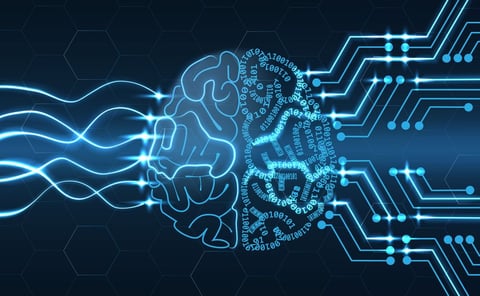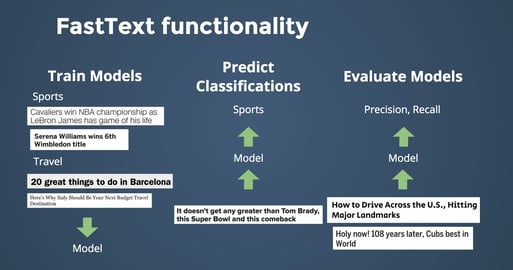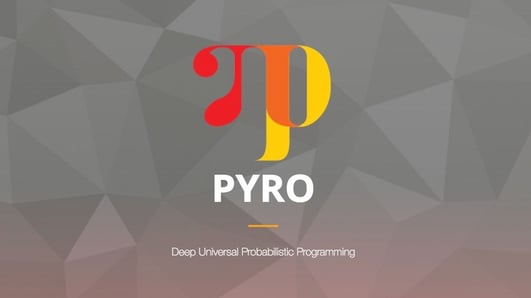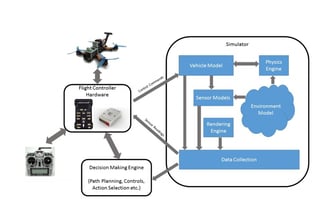Running-Labs
We are living in an era where artificial intelligence (AI) has started to scratch the surface of its true potential. Not only does AI create the possibility of disrupting industries and transforming the workplace, but it can also address some of society’s biggest challenges. Autonomous vehicles may save tens of thousands of lives, and increase mobility forthe elderly and the disabled. Precision medicine may unlock tailored individual treatment that extends life. Smart buildings may help reduce carbon emissions and save energy. These are just a few of the potential benefits that AI promises, and is starting to deliver upon.
Some new started projects are these:
Deeplearn.js
Deeplearn.js is an open source hardware-accelerated JavaScript library formachine intelligence. deeplearn.js brings performant machine learningbuilding blocks to the web, allowing you to train neural networks in a browseror run pre-trained models in inference mode.


Facets
The power of machine learning comes from its ability to learn patterns from large amounts of data. Understanding your data is critical to building a powerful machine learning system.
Facets contains two robust visualizations to aid in understanding and analyzing machine learning datasets. Get a sense of the shape of each feature of your dataset using Facets Overview, or explore individual observations using Facets Dive.


FastText: Library for fast text representation and classification.
Text classification is a core problem to many applications, like spam detection, sentiment analysis or smart replies.
The goal of text classification is to assign documents (such as emails, posts, text messages, product reviews, etc...) to one or multiple categories. Such categories can be review scores, spam v.s. non-spam, or the language in which the document was typed. Nowadays, the dominant approach to build such classifiers is machine learning, that is learning classification rules from examples. In order to build such classifiers, we need labeled data, which consists of documents and their corresponding categories (or tags, or labels).


Pyro
Pyro is a universal probabilistic programming language (PPL) written in Python and supported by PyTorch on the backend. Pyro enables flexible and expressive deep probabilistic modeling, unifying the best of modern deep learning and Bayesian modeling. It was designed with these key principles:
Universal: Pyro can represent any computable probability distribution.
Scalable: Pyro scales to large data sets with little overhead.
Minimal: Pyro is implemented with a small core of powerful, composable abstractions.
Flexible: Pyro aims for automation when you want it, control when you need it.


AirSim
Earlier this year, Microsoft Research open-sourced a research project called AirSim, a high-fidelity system for testing the safety of artificial intelligence systems. AirSim provides realistic environments, vehicle dynamics and sensing for research into how autonomous vehicles that use AI that can operate safely in the open world.
Today, Microsoft is sharing an update to AirSim: We have extended the system to include car simulation, which will help advance the research and development of self-driving vehicles. The latest version is available now on GitHub as an open-source, cross-platform offering.

